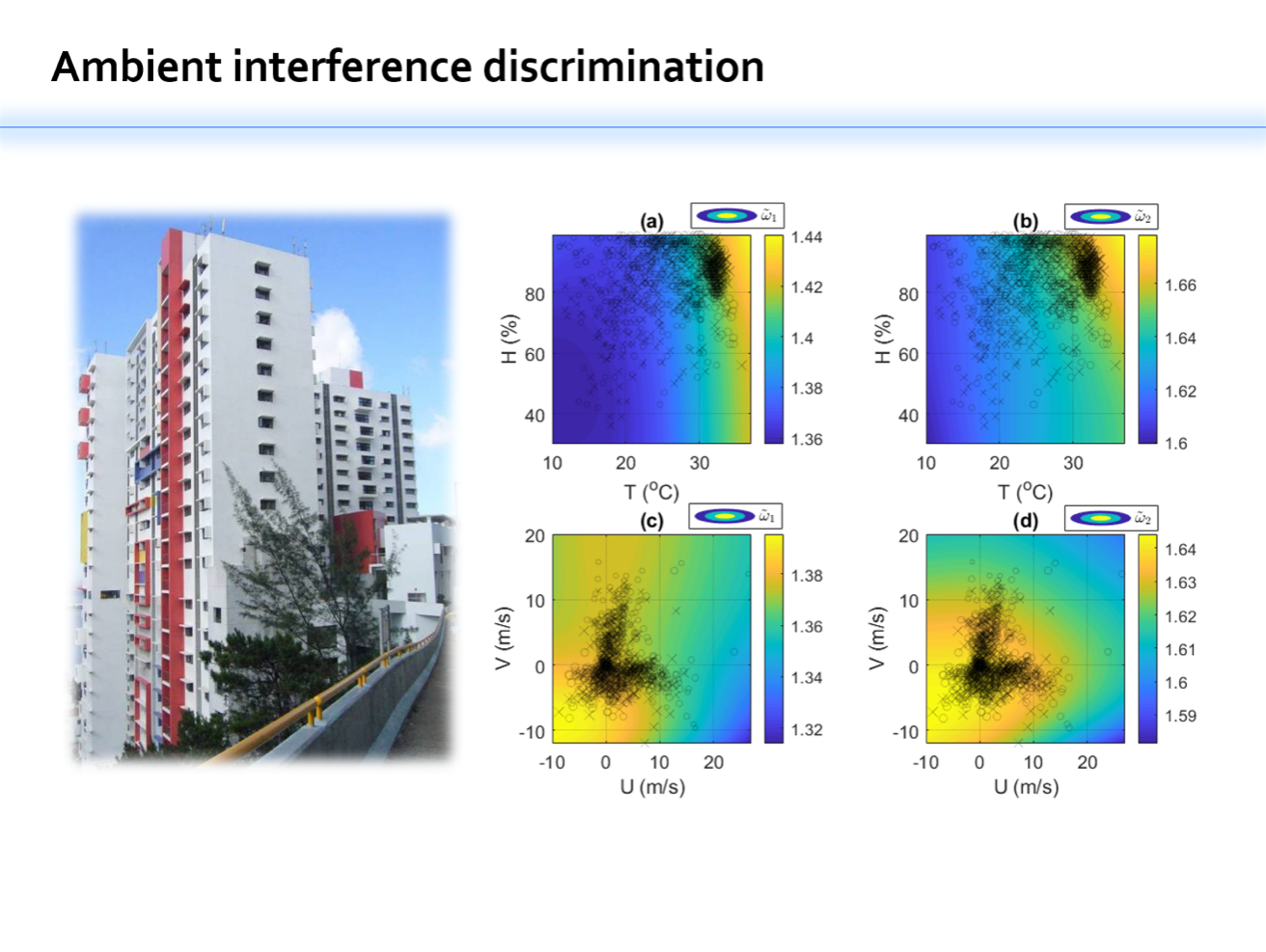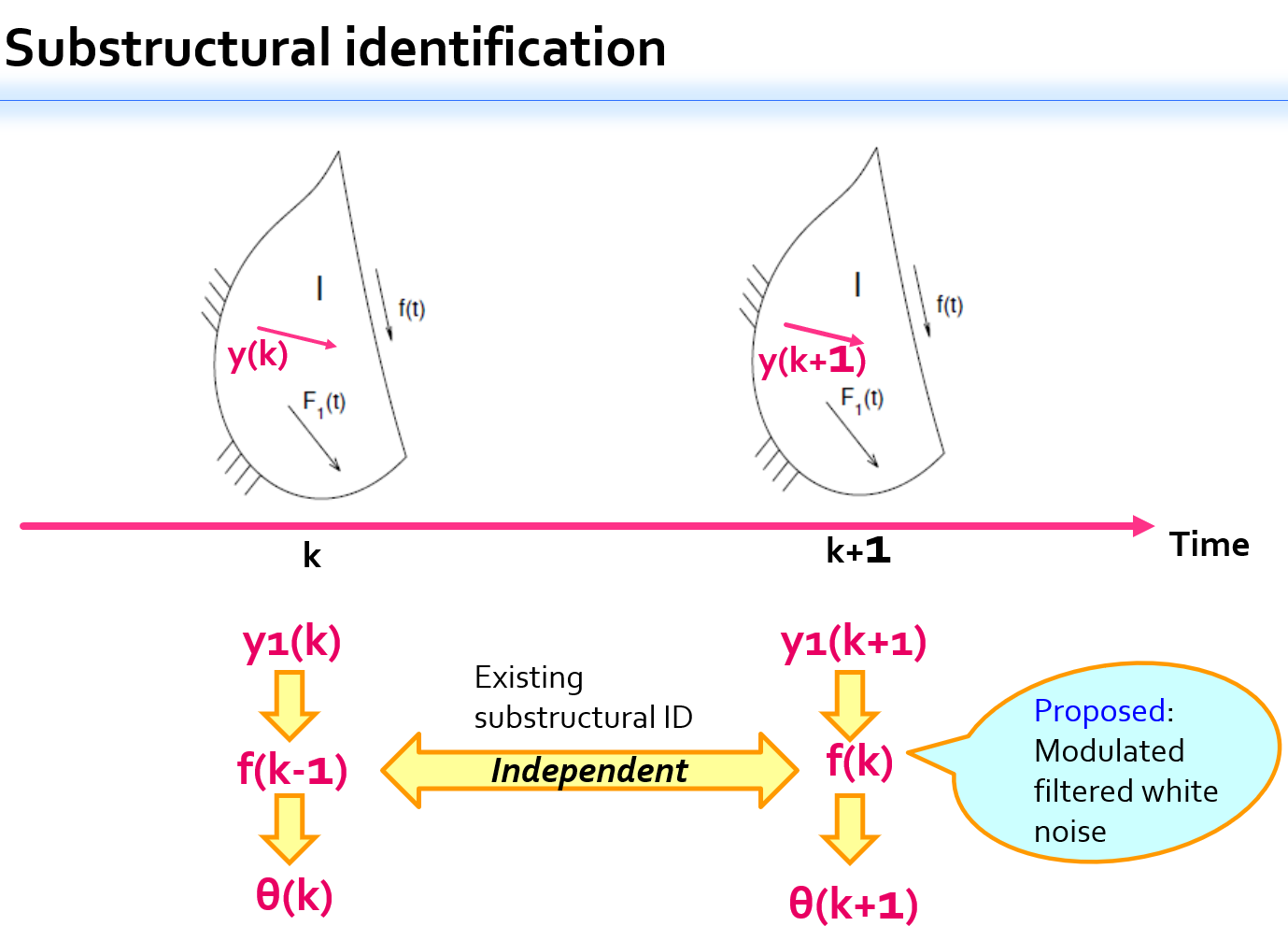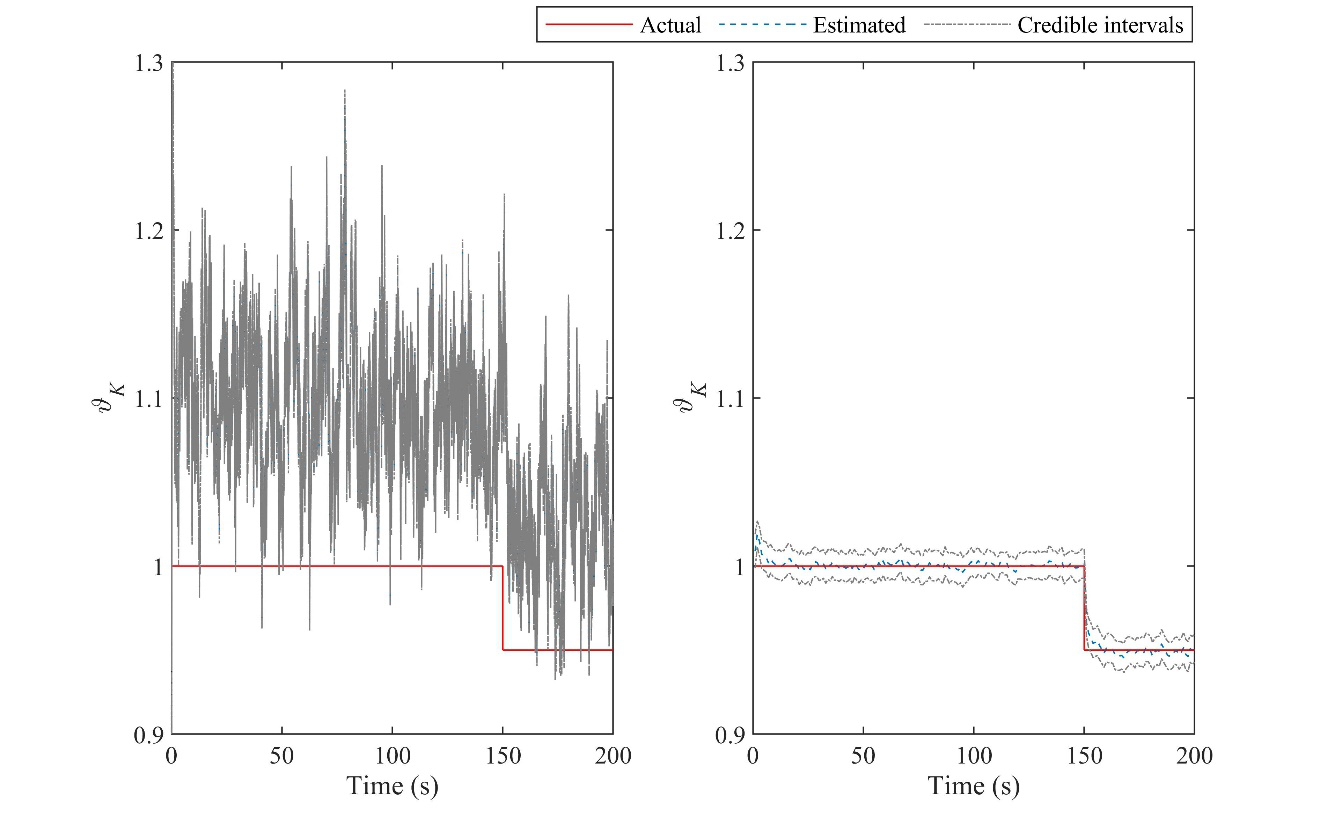Bayesian Methods for Structural Dynamics: From Offline to Real-Time
YUEN Ka Veng
University of Macau
Due to the increasing number of major infrastructure constructions and serious natural hazards (typhoons, earthquakes or collision by ships), structural health monitoring and identification have become very popular in civil engineering. This project involves the establishment of a series of Bayesian system identification methods for structural dynamics. About 20 years ago, Bayesian structural identification methods could only handle simple models and they required the measurements of all external forces (such as wind pressure, earthquake ground motion and vehicle loads). However, this is impractical. Since then, the Principal Investigator have developed many Bayesian system identification methods for unmeasured or partially measured external forces. These methods are applicable under various engineering conditions. These works cover not only parametric identification but also model class selection. Last year, it has been raised further to the third level of system identification using self-healing model classes. Its advantage is that it can use a small amount of simple model classes to achieve similar performance by using many complicated model classes. This is a big step towards practical online system identification for large systems. On the other hand, these methods evolved from offline applications in the early days to online applications. In particular, a few difficult mathematical problems have been solved, including real-time identification of noise parameters of the extended Kalman filter and real-time model class selection. Through the effort of almost 20 years, a Bayesian system identification framework has been formed and it has become the foundation of Bayesian methods in civil engineering. These methods have been applied to the health monitoring of many important civil engineering structures. According to a recent citation ranking by Prof. John P.A. Ioannidis of the Stanford University, the Principal Investigator of this project is no. 52 among all civil engineering scholars worldwide.

Fig 1 Long-term structural health monitoring of the East Asian Hall, a dormitory for the 5th East Asian Games

Fig 2 By utilizing the continuity of the interface forces, the sub-structural identification method resolved the unidentifiability due to mathematical ill-posed problem

Fig 3 The proposed decentralized system identification method resolved the problem due to asynchronous response measurements: results by a traditional method (left) and results by the proposed method of this project (right)


